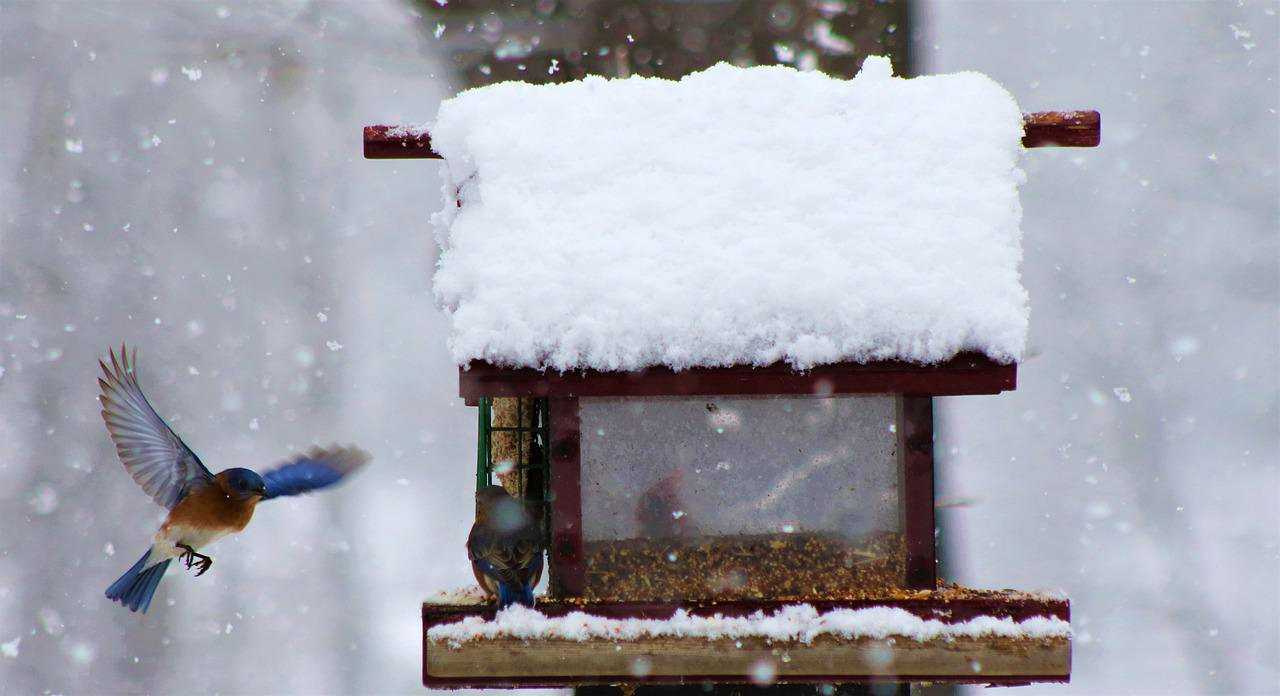To attract birds to a bird feeder in winter, you simply need the right approach. Many bird lovers think wintertime means fewer birds to watch, but that’s not true! In fact, winter can be one of the most rewarding times for backyard bird watchers.
By providing high-protein food and shelter, you can attract many beautiful species. Find out everything you need to know about attracting birds to your feeder this winter in this ultimate winter bird feeding guide.
Are Birds Attracted to Feeders in Winter?
One common myth is that birds don’t use feeders during the winter, but nothing could be farther from the truth. While some species migrate to warmer climates, many stay year-round. You may notice times when your feeder isn’t as active, but if you’re patient and keep it well stocked you will begin seeing more birds appear.
In winter, it’s not uncommon to see a larger number of birds than in summer, since their food sources may become limited. Plus, since it isn’t breeding season, they may not be as territorial, which can make them more tolerant of sharing their space.
As the season progresses, you may notice new species appear, so be sure to keep your binoculars nearby!
Bird Foods to Attract Birds in Winter
Winter is a difficult season for birds since their food sources may die off, hibernate, or be covered by snow. When this happens, they may not be able to find the nutrients they need to survive.
When stocking your feeder, you will want to add plenty of high-protein, high-fat foods to provide your feathered friends with the energy they need to thrive. It’s also important to consider which species are in your region during the winter months to ensure you use the food they like.
The best winter bird foods include:
- Suet
- Mealworms
- Black-oil sunflower seeds
- Peanuts
- Safflower
- Nyjer/Niger seed (thistle)
- High-quality mixed seed
- Cracked corn
- Fruit
- Berry bushes
Suet

Suet is an excellent option for winter feeding as it is chock full of protein and fat. Generally made from the hard fat from the kidneys or loin of mutton, lamb, or beef, it comes in a brick and requires a specific type of feeder.
Mealworms
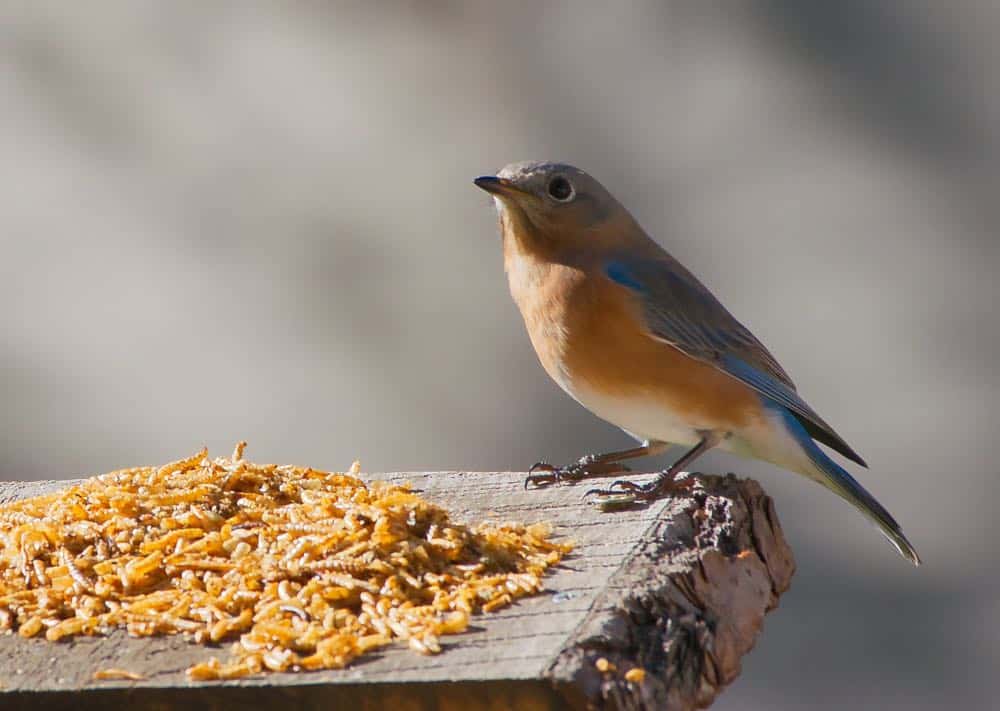
Mealworms are another great protein source that birds love. These wiggly worms will attract birds in droves and are easy to use. Simply combine about 1,000 mealworms with old-fashioned oats and place them in a shallow dish. Just make sure the sides are tall enough that the worms can’t crawl out.
Black-oil sunflower seeds
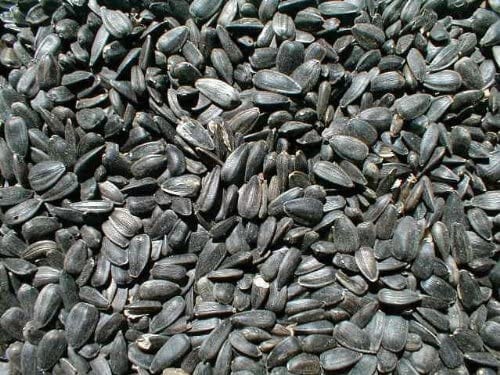
Black-oil sunflower seeds are a favorite for almost every bird species and should be a go-to in your feeder year-round. They have a high-fat content and are easy to eat, making them the perfect winter food.
Pro tip: Avoid black-oil sunflower seeds if you’re trying to deter pesky birds like house sparrows or squirrels.
Peanuts
You may not have considered putting peanuts in your feeder, but they’re a great addition.
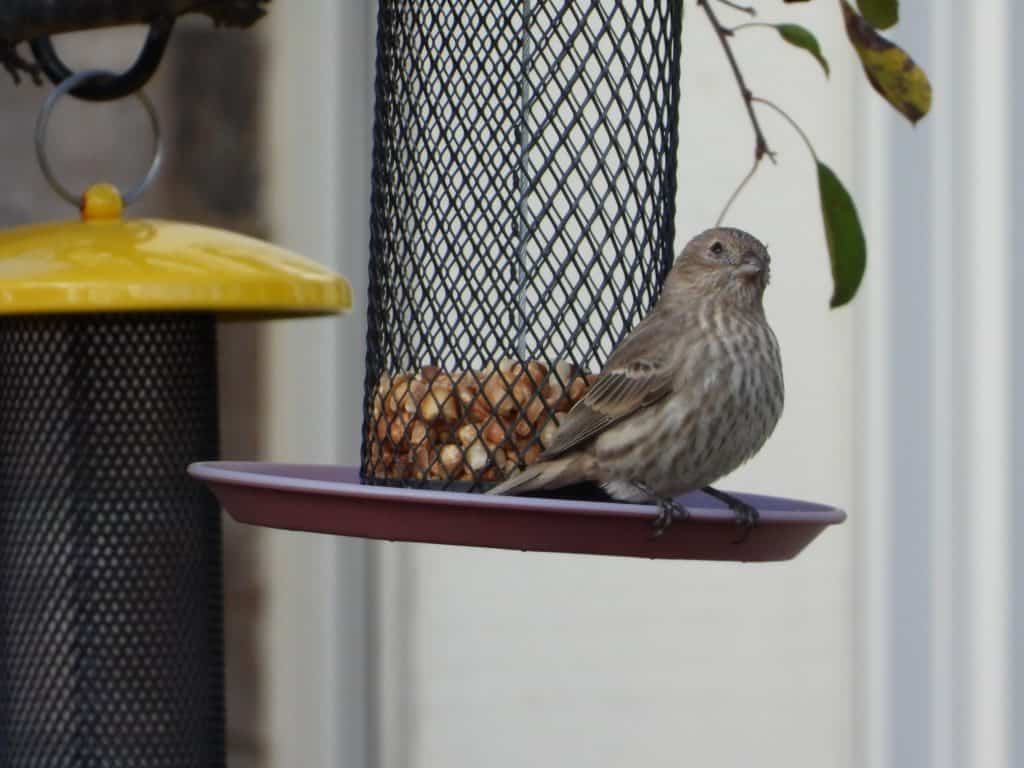
Many species enjoy them including cardinals, finches, titmice, chickadees, nuthatches, jays, and woodpeckers. Just be sure that they are unsalted, dry-roasted, and de-shelled.
Safflower
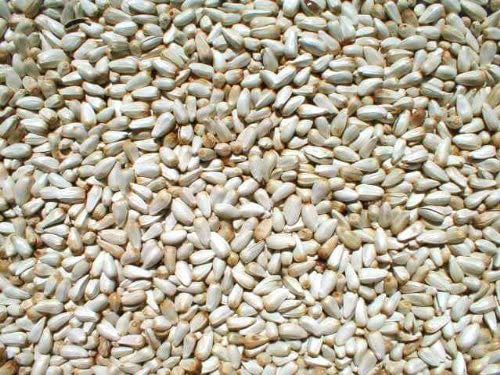
Safflower works well in sunflower seed feeders and is a favorite with birds. Be careful to make sure the feeder is clean and dry and avoid placing the seed in a damp area as it can mold and become soggy.
Pro tip: Safflower is a great option if you want to attract cardinals but not other pesky birds like house sparrows.
Niger/Nyjer seed (Thistle)
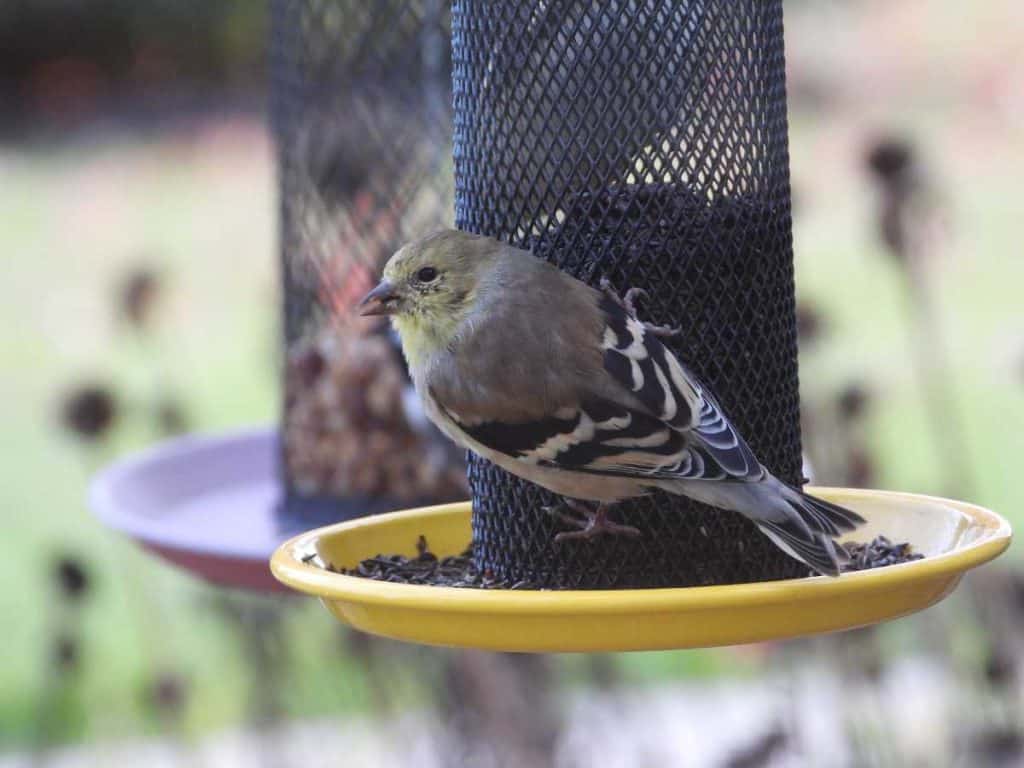
Niger/Nyjer seed, commonly referred to as thistle seed in the bird-feeding community, is rich in oils and provides birds with tons of energy. It is a perfect choice for its high-fat content.
You will have to use a specific thistle feeder either a tube feeder with small holes or a thistle sock, to keep it from falling to the ground. This seed is a favorite food for finches, redpolls, and siskins.
High-quality mixed seed
Investing in a high-quality mixed seed blend will provide birds with the nutrients they need during the colder months. Many cheap feeds use fillers that have no nutritional value and the birds won’t eat them.
Look for a brand that avoids dyes, red milo, and wheat, and choose ones that include a high concentration of sunflowers, peanut hearts, white proso millet, and cracked corn.
Fruit
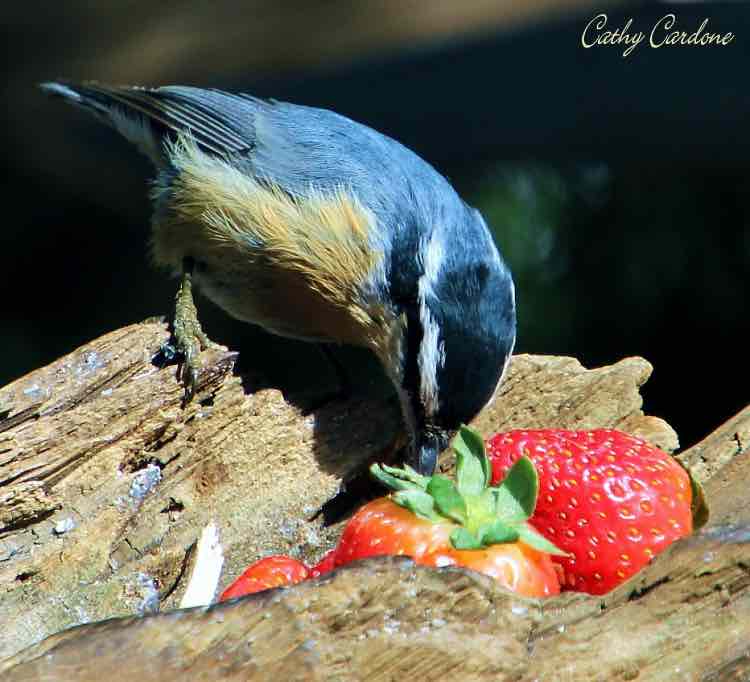
During winter, fruit can be hard to come by, so placing it out for birds can be a tasty treat. Using a shallow dish you can offer the birds bananas, berries, apples, sliced citrus, and grapes.
Cracked corn
Cracked corn is inexpensive and great for helping birds bulk up when food is scarce. It is a favorite among many species including quail, doves, jays, blackbirds, and house sparrows.
Berry Bushes
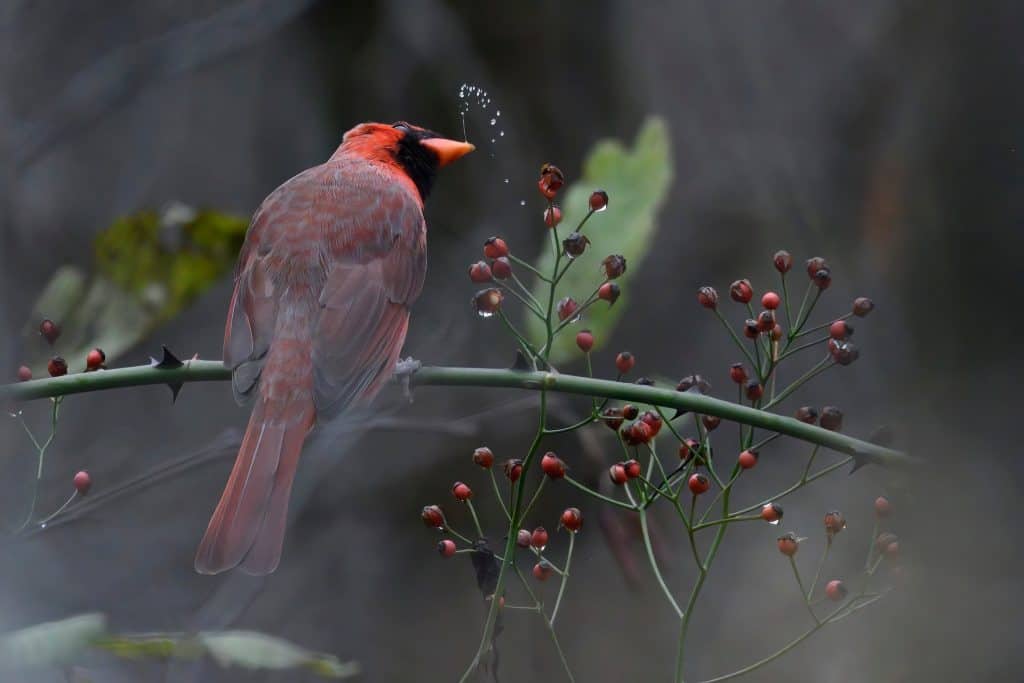
Planting berry bushes near your feeder is another way to provide birds with natural food sources. Plants that thrive in winter include crab apples, Virginia creeper, beautyberry, viburnums, holly, service-berry, black chokeberry, common hackberry, and arborvitae.
Should I Provide Water with My Feeder?
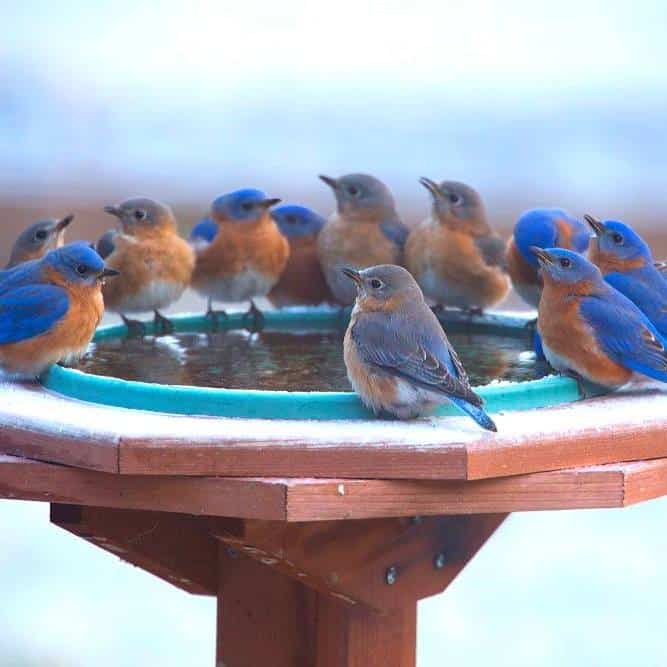
In regions where it gets really cold, providing fresh water for birds is a great idea. You can use a bird bath de-icer or heater to keep it from freezing, providing birds with the water they need even when the temperature drops.
You will need a power source to plug the heater in and you should not place it directly beneath your feeder.
Do Birds Need Shelter?
Providing shelter during winter can make birds’ lives easier and keep them in your general area.
Placing a roosting box will give them a place to escape the snow, ice, and freezing temperatures. Unlike traditional birdhouses, a roosting box is designed with an entrance hole on the bottom to help the birds retain their body heat and there are usually multiple perches since many birds prefer to roost together to stay warm.
If you don’t have a roosting box, you can easily winterize a nesting box or birdhouse.
You will want to seal all ventilation holes, which are designed to let out heat. If you can, move the opening from the top to the bottom. Remove any old nesting materials and add grass clippings or wood shavings. Twigs are recommended by the Cornell Lab of Ornithology for additional perching spots.
What Species Can I Attract in Winter?
By setting up a diverse bird feeding station you can attract a variety of species.
Consider using multiple types of feeders and placing a clean water source and shelter nearby. Let’s take a closer look at which feeders attract which species.
- Suet Feeders attract woodpeckers, juncos, chickadees, nuthatches, warblers, creepers, wrens, and titmice.
- Hopper feeders are great for cracked corn, sunflower seeds, and safflower, and attract cardinals, red-winged blackbirds, jays, and grackles.
- Tube feeders are perfect for peanuts, safflower, mixed seeds, and sunflowers and attract goldfinches, house finches, siskins, nuthatches, titmice, and chickadee.
- Platform feeders work well for fruits and sunflower seeds and attract many backyard birds like cardinals, jays, and doves.
You should never place your feeders on the ground, instead, hang them from trees or bird feeding poles.
Always keep your feeders clean to avoid mold and bacteria from harming the birds. You should clean them at least once every two weeks with a solution of one part bleach and nine parts water, removing any debris and drying before refilling.
To clean a birdbath, use a solution of one part vinegar and nine parts water with a scrub brush to remove any dirt or mildew.
Dealing with Other Wildlife
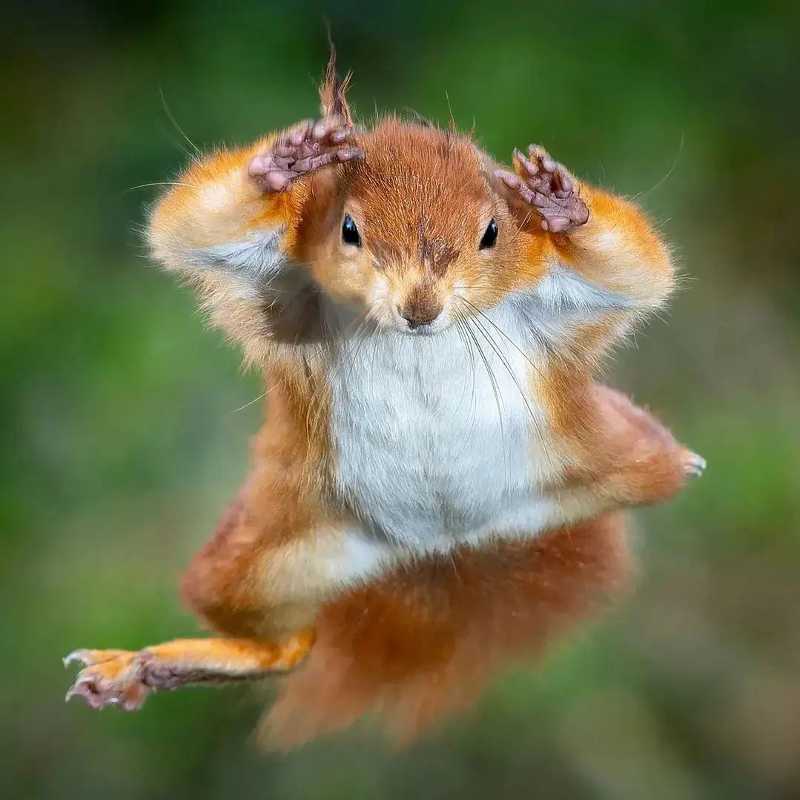
Backyard bird feeders will attract other wildlife like squirrels and predators like hawks. You can help keep the birds safe by placing them under shelter like shrubs or trees; just make sure it’s still partially visible so the birds can find it.
Using squirrel-proof feeders will help if you struggle with keeping these four-legged creatures away.
If deer are getting into your feeder, you can fence it in and avoid platform feeders.
What To Avoid For Winter Feeding
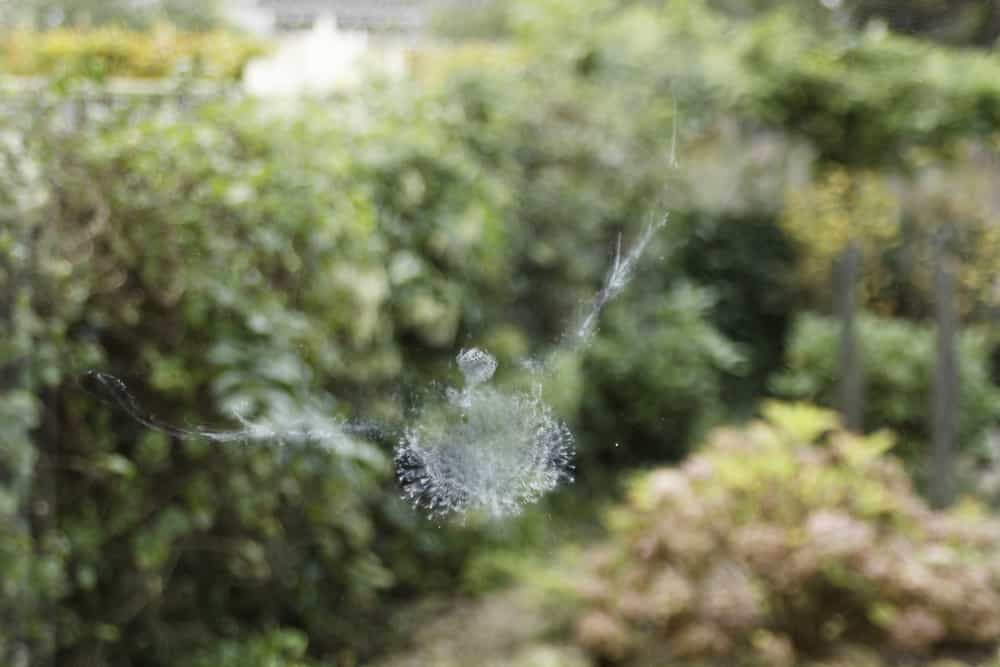
When feeding birds in winter you should avoid the following:
- Avoid placing the feeder within three feet of any windows to avoid window collisions.
- Avoid feeding human food like bread, salt, milk, meat, table scraps, and chocolate.
- Avoid placing feeders directly on the ground.
- Avoid offering spoiled feed.
Conclusion
Feeding birds in winter is a rewarding experience. Using the right food in the correct feeder and providing water and shelter will keep your backyard busy throughout the season. Be sure to keep all feeders, shelters, and bird baths clean to avoid making the birds sick, and enjoy watching your feathered friends all winter long.
Do you have a secret way of attracting birds to feeders in winter? Please comment below.

